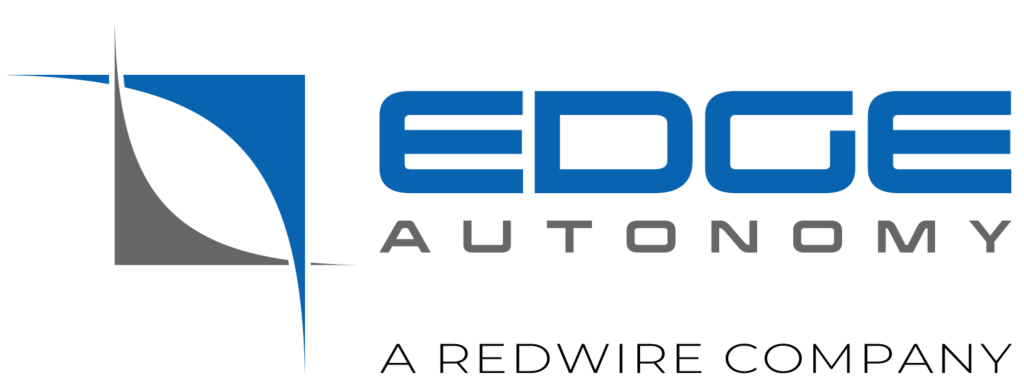As an Electronics Technician for the Edge Autonomy Huntsville office, Amanda Harwell loves knowing her work helps to equip U.S. soldiers and their allies with the tools they need to keep them safe in the field and achieve mission success.
“I have a lot of friends and family in the military,” says Amanda. “Aunts, uncles, cousins, and many people I am close to.” Her best friend even enlisted when he was just seventeen.
“Being in defense and aerospace is my way of supporting them,” she says. “Anything I can do that will help keep them safe, I want to be a part of it.”
The first technician hired at Edge Autonomy’s facility in Huntsville, AL when the new office opened in July 2023, Amanda brought with her a passion for hands-on technical work.
“I learned how to solder from my mother, who worked for SCI Technologies,” Amanda explained. “When I was a teenager, she not only walked me through the soldering process but also helped me apply for a job to work with her company and get to know the industry.”
Amanda got that soldering job—and her mom got to be the one to train her.
In addition to applying her skills to full lifecycle support in the aerospace industry, Amanda briefly explored a career in home healthcare where she cared for dementia patients. This role revealed Harwell’s strong sense of empathy, which comes naturally to her.
“Making connections has always been a key part of who I am in both my personal and professional life,” said Amanda. “Whether I am caring for our servicemen and women through my technical work or for members of my community who are in the midst of struggles with dementia, it is important that I bring a personal connection to everything I do.”
While her soldering work requires precision and highly technical skills, Amanda has also found her empathetic nature to be a benefit to her work at Edge Autonomy. That isn’t surprising, given how vital “soft skills” are when it comes to creating a cohesive team.
“I’m always trying to listen to my team and work toward both near-term goals and overall growth,” she says. “In my position, I get to help people. I get to cheer people on. I get to train others.”
Harwell initially learned about Edge Autonomy from Paul Parker, her former manager at SCI. Paul had recently taken a job with Edge Autonomy as an Electronics Production Supervisor in Huntsville.
When Amanda learned that Paul would be pursuing a new step in his career, she told him: “Wherever you’re going, I want to go, too.”
“Edge Autonomy is innovating in areas that appeal to me not only as a technician but also as someone with a vested interest in supporting our men and women serving in the armed forces,” said Amanda. “When I learned about the company from Paul, I was immediately drawn to this unique combination of mission-focused advancements and genuine investment in the needs of the warfighter.”
After the Huntsville facility opened, Amanda helped complete the initial phase of production on cable harnesses for Edge Autonomy’s VXE30 Stalker uncrewed aircraft system (UAS), a long-endurance, long-range aircraft capable of supporting multiple missions in a wide variety of environments.
She was instrumental in getting production up and running and was willing to wear many hats to accomplish this.
“I was open to taking on a wide variety of roles,” she says, whether that was working in the stockroom or building the actual product.
Amanda was a quick study when it came to leading other technicians. She trained multiple new employees, including two who had never soldered before.
Opening a production facility may be hard work, but for Amanda, meeting new people and building a team that has become like second family is immensely rewarding.
Thanks to Paul Parker’s mentorship, a team of people willing to help each other, and a mother who introduced her to a field she might not have considered otherwise, Amanda feels fortunate to be part of Edge Autonomy’s growing innovations and mission impact.
“I really see lots of positive changes and growth with this company in the years to come,” she says. “It’s an exciting time to work in the aerospace industry, and as I reflect on how I started my career and where I am with this dynamic company, I am proud of how far I have come and how I am able to use my skillset to support those serving our country.”
As Edge Autonomy continues expanding our employee base, we look forward to welcoming more solutions-oriented team players like Amanda Harwell. Sound interesting? Learn more about what it’s like to work for us!

